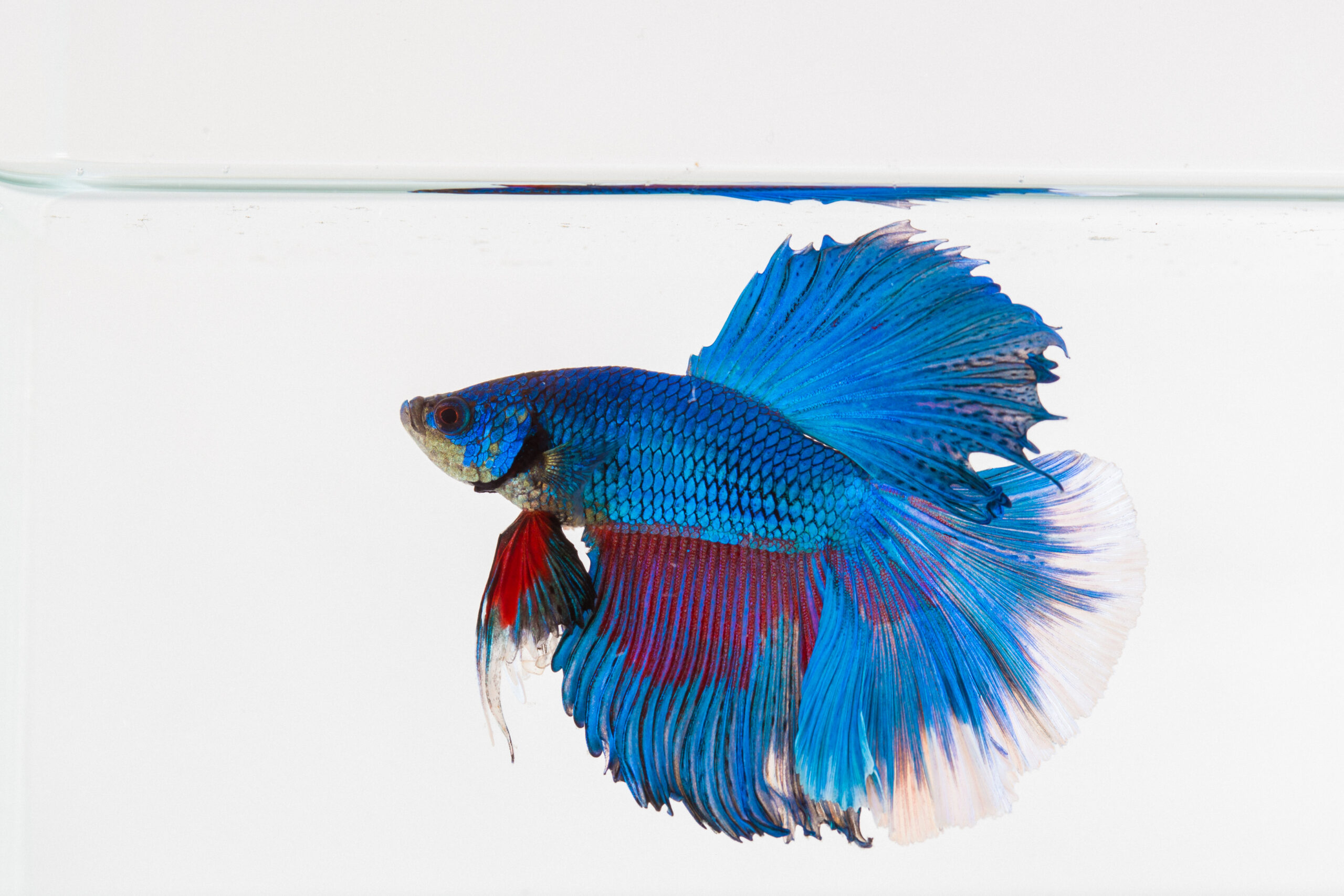Breeding Betta Fish: a Comprehensive Step-By-Step Overview to Successfully Raising Infant Bettas From Eggs to Their Adult Years
Reproducing Betta fish is a precise venture that calls for careful preparation and execution to guarantee the successful development of fry from eggs to develop fish. As the male Betta diligently constructs a bubble nest and guards the precious eggs, the succeeding stages of care and transition need interest to detail and expertise of ideal practices.

Selecting Reproduction Pairs
When starting the journey of breeding Betta fish, choosing the best reproduction sets is crucial to attaining preferable qualities and a healthy and balanced lineage - betta fish. The very first step in this process is to identify the specific attributes you desire to enhance or preserve, such as shade, fin kind, and body form. It is important to pick genetically varied sets to avoid inbreeding, which can bring about health and wellness issues and unfavorable qualities
Evaluate prospective breeding candidates meticulously. A healthy male Betta ought to show vivid colors, an active disposition, and well-formed fins, while the lady must also display vibrant coloration and a rounded belly, showing preparedness for spawning. Observing the personality of both fish is important, as aggressive or excessively reluctant people might not reproduce successfully.
Keeping records of the moms and dad fish's origins can help you track genetic attributes and prospective concerns. Ultimately, investing time in the choice process will substantially improve the likelihood of creating strong, dynamic spawn that fulfill your breeding objectives.

Preparing the Breeding Storage Tank
Producing an optimal breeding environment is an essential step after selecting ideal pairs for Betta fish. The breeding storage tank ought to be specifically designed to supply comfort and stimulate the all-natural reproduction behaviors of the fish. Start with a storage tank size of at the very least 10 gallons to guarantee ample area for both the male and female Bettas.
Keep a mild filtering system to keep the water clean while avoiding solid currents that can emphasize the fish. Furthermore, an air rock can be contributed to supply oxygenation without interrupting the water surface area also a lot.
Temperature level guideline is vital; go for a secure variety of 78-82 ° F(25-28 ° C) making use of a trusted heating unit. The pH level must be kept in between 6.5 and 7.5, and routine water modifications are essential to make certain high water top quality.
Integrate floating plants or spawning sponges to produce concealing places for the woman, while also encouraging bubble nest structure by the man - betta fish. Lastly, make certain the tank is devoid of sharp decors and any type of potential dangers, as the welfare of the fish should constantly be focused on throughout this critical stage of reproduction.
The Reproduction Refine
Usually, the breeding process for Betta fish includes a series of distinctive and evident habits that indicate preparedness for recreation. The male Betta begins by developing a bubble nest at the water's surface, which offers as a website for the fertilized eggs. This nest is crucial, as it supplies a safe environment for the eggs till they hatch.
Once the nest is established, the man will display courtship behaviors, such as flaring his fins and displaying dynamic colors to bring in the woman. The female, upon noticing the male's preparedness, will certainly react by displaying upright stripes along her body, signaling her receptiveness.
When the women strategies, the male engages in a breeding dancing, commonly leading to an embrace referred to as the "spawning." Throughout this welcome, the lady releases her eggs, which the male fertilizes promptly. The fed eggs then drop to the bubble nest, where the male carefully collects and returns them to the nest. Following this, the male thinks duty for guarding the nest and guaranteeing the security of the eggs up until they hatch, usually within 24-36 hours. This phase is critical in the reproducing procedure, laying the foundation for successful fry development.
Caring for Betta Fry
Caring for Betta fry requires mindful interest to their atmosphere and nourishment to make sure healthy development and growth. After hatching, Betta fry are incredibly tiny and susceptible, necessitating a secure and clean environment.
Feeding Betta fry is similarly vital. Feed them small quantities numerous times a day, click here for info being cautious not to overfeed, which can lead to water quality problems.
Transitioning to Adult Bettas
As Betta fry fully grown, transitioning them to grown-up Bettas is navigate here a crucial stage that calls for careful monitoring of their setting and social communications. This process usually starts when the fry reach around six weeks old, at which point they can be progressively presented to a much more structured living environment.
To promote this shift, it is important to make sure that the water specifications-- such as temperature level, pH, and ammonia levels-- are optimum and steady. Grown-up Betta fish grow in warm water (around 78-80 ° F) with a pH of 6.5 to 7.5. Slowly adjust the fry to these problems to decrease stress and anxiety.
Social interactions are one more essential element; male Bettas are notoriously territorial and aggressive. Therefore, it is suggested to separate men right into specific tanks as they mature. Women Bettas can be housed together, but care ought to be required to keep an eye on for signs of hostility.
In addition, dietary changes ought to be made as the fry grow. Integrate high-quality pellets and live foods to support their development and health and wellness. By handling these elements properly, you can promote a successful transition to adulthood for your Betta fish.

Final Thought
Successful reproduction of Betta fish needs mindful attention to detail throughout the whole process, from picking genetically varied sets to giving optimal treatment for fry. Furthermore, a well balanced diet plan and gradual adaptation to adult environments description are critical for the growth and growth of Betta fish.